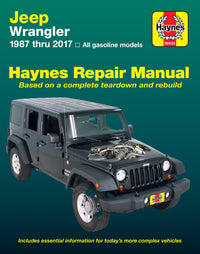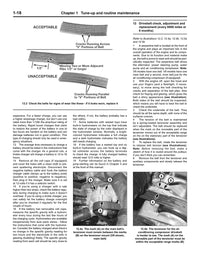What happens if you get a flat tire, but you don't have a spare wheel, just a can of tire sealant? How does it work and what is the proper way to use it so you can carry on your journey?
What is tire sealant?
Many manufacturers no longer supply cars with spare tires. You can often add a spare as an optional extra at the time of purchase, but this will invariably be a narrow space saver tire.
These are for emergency use only, and you should never exceed the speed limit recommended on the tire (usually 50mph). If no spare is fitted you're likely to find yourself with a tire repair kit situated in the trunk or under the seat.
This is likely to comprise of a can of tire sealant, a pair of gloves, and little else. Some of the more sophisticated kits incorporate a small 12 volt air compressor too.
The sealant is commonly a latex based formula that plugs the leak and and inflates the tire enough to enable you to get the car to a garage to have it repaired.
It's important to remember that this is meant to be a temporary emergency repair, and the car should be taken to have the tire repaired or replaced as soon as possible.
Sealant vs spare wheel
So what's are the pros and cons of sealant? Well, changing a spare tire is not a straightforward task for someone not familiar with the process.
It involves jacking the car up, loosening potentially difficult bolts, lugging that big dirty wheel about, and it can take a good amount of time – exposing you to dangerous traffic if you're forced to change the wheel at the side of the road.
Sealant is much, much quicker and much easier to use, but it's not suitable for all punctures. Any holes or tears in the sidewall mean the tire can't be repaired or sealed. If the tire has been driven on for any length of time while flat it may be damaged beyond saving, and at the least it will have come off the bead.
If any of these things happen the car will be stuck and need to be towed, unless you have a spare tire. One other negative aspect is that using sealant can at times make the tire unrepairable, or the tire installer may charge extra to clean the sealant before being able to repair it. At least if you are using a factory sealing kit you can trust that it won't ruin the tire pressure monitor system.
Step 10

Step 1

Step 2

Step 3

Step 4

Step 5

Step 6

Step 7

Step 8

Step 9

Step 10

How to use tire sealant
While all sealants rely on the same principles there are differences between the applications, so it's always wise to familiarize yourself with the operating instructions before you actually need to use it (trying to work it out on a dark wet evening at the side of the road is not going to be much fun!).
It's also not advisable to attempt any kind of puncture repair if you're not parked in a safe place.
Carrying out a flat repair on the side of a busy road, or on the shoulder of a freeway, is not advised. In these instances we'd always suggest calling roadside assistance and let them deal with it.
When you detect a flat tire you should drive slowly to the next available safe place to pull over. Remember though, that driving for too far a distance and you will irreparably damage the tire's sidewall.
When stationary and safe remove the tire valve cap and screw the sealant nozzle onto the valve. Pressing the trigger will force a mix of compressed air and sealant into the tire.
It may take a little while to fill the tire, and if you see any latex (usually white fluid) bubbling out of the tire tread, you know it's working. If the hole is larger than around 3/16", then it's likely the sealant won't work.
Once sealed and inflated it's important to drive the car immediately away to disperse the sealant all around the tire. Drive slowly (under 50mph) for a couple of miles then check the tire again.
If you don't have a tire compressor in your kit, get to a service station with a tire inflator, and add more air to the tire.
As it's a temporary fix you shouldn't drive over 50mph, or for more than around 100 miles, before getting it inspected or repaired. Don't forget to buy a new can of sealant to replace the old one ASAP!

















